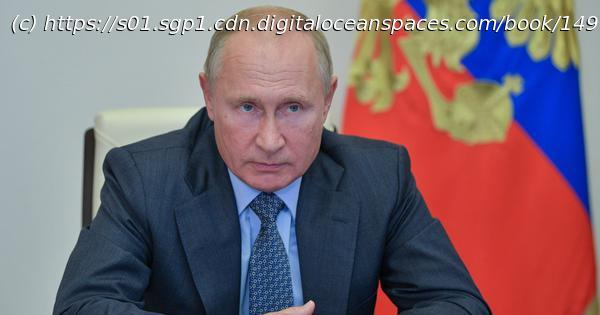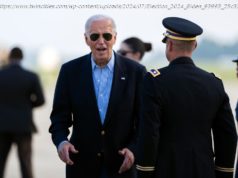What is going on in Ukraine fits with a military concept called ‘strategic depth’.
An invasion is not the only way the crisis in Ukraine can play out. A diplomatic solution may yet provide an off-ramp for Russian President Vladimir Putin, whose placement of tens of thousands of troops along Russia’s border with its smaller neighbour kicked off the current crisis. Indeed, the leaders of Russia and Ukraine have throughout the now 20-week-long crisis accused the United States and the United Kingdom of stirring panic with talk of an imminent invasion. Invasion may never have been the point. One interpretation is that President Putin mobilised his soldiers and sailors primarily to force a dialogue with the West over what the spheres of influence and interest in Eastern Europe should be. As a scholar who has spent his entire career studying Russian history, I see the current crisis in a broader context. If you zoom out from the events of the past few weeks, it is possible to see this dangerous standoff as part of the continuing fallout from the disintegration of the Soviet Union in the early 1990s. Some 30 years on, the architecture of what is supposed to be the “ new world order ” is still being built. Russia is a regional power in decline and feels insecure. If countries were able to experience emotions, Russia’s dominant feeling would be, I believe, humiliation. It feels it is a victim of Western expansion and wants a restoration of its lost influence. This weakened but still ambitious regional power faces a global one, the United States, that is similarly fearful of losing its sway around the world in the face of a recent military retreat from Afghanistan and the economic threat of China. That standoff – between two hegemons, one regional, the other global – leaves Ukraine as the pawn in the middle. What is going on in Ukraine fits with a military concept called “ strategic depth ”. This refers to the territory between a country and what it perceives to be hostile enemies. During the Cold War, the Soviet Union had extensive strategic depth. The Warsaw Pact provided an alliance of pro-Soviet states in Eastern Europe that constituted a barrier between the Soviets and the West. But from 1991, the North Atlantic Treaty Organization expanded eastward until it enveloped most of those formerly Warsaw Pact countries. Poland, Romania and Bulgaria all became NATO members, as did the three former Soviet Baltic republics of Latvia, Lithuania and Estonia. And then came the Bucharest conference in April 2008. The NATO heads of states at that meeting “welcomed” the aspirations displayed by Ukraine and Georgia and said it would hold the door open to future membership for both countries, though it pointedly did not invite Ukraine and Georgia to join the alliance.
Home
United States
USA — Sport Vladimir Putin doesn’t need to invade Ukraine. The threat alone could advance...






